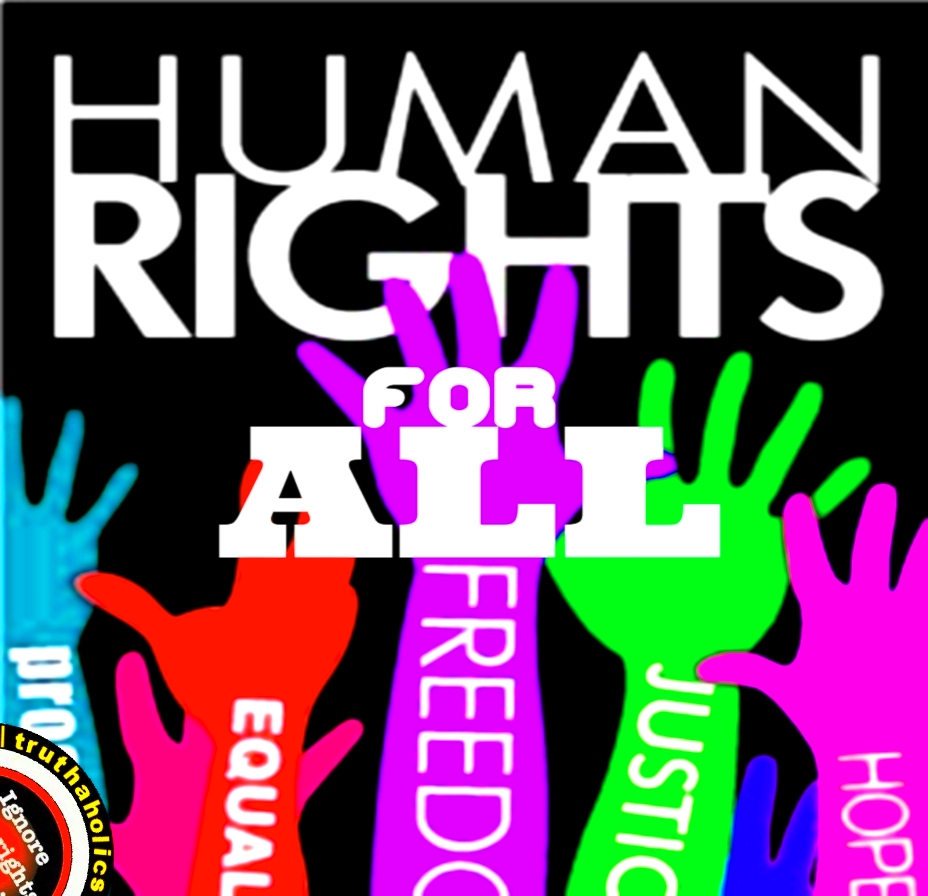Imagine a world without language, how would we communicate, express
ideas and discuss them? Words bring character to an object or area previously blank
or even invisible, “speech is a component
of the total force that transforms nature into a human place” (Tuan 1991). Online,
language is one of, if not the most vital feature to social networking sites
and online communication in general. Creating a virtual place such as a social
network, becomes “a place that promises
to open up to other places when it is named” (Tuan 1991). This place,
virtual or otherwise however, can be corrupted by history, memories and
reputation, such as a beautiful seaside reef spoiled by its violent history (Van
Luyn 2013).
The social network I have been studying of the past few
weeks, Instagram, is not focused on language, but on images. To me, this
ability to upload a picture of your own personal experiences, creates and sense
of place, where friends share experiences. However, language does come into
play through the comments a photo caption, allowing both the uploader and followers
to express themselves through words. This sense of place can just as easily be spoiled,
by events that evoke a negative view of the network and its users. For example,
cyber bullying could create an unwelcoming feeling for a victim who has been
abused on that particular site. Follow the link to a CNN article on cyber
bullying. http://edition.cnn.com/2013/02/27/health/cyberbullying-online-bully-victims
Although Instagram’s image based layout assigns itself to a
more visual form of social networking, rather than a text based one, language
plays a vital role in the creation of a place. This virtual sense of place gives
users comfort and a sense of welcoming, but can also lead to feelings discomfort
and insecurity when the users or sites reputation is damaged.
References:
Tuan, Y. (1991). Language and the making of place: A
narrative-descriptive approach. In annals
of the Association of American Geographers, 81(4), 684-696.
Van
Luyn, A. (2013). BA1002: Our Space: Networks, Narratives and The Making of
Place, Lecture week 5.
Elizabeth Landau. (2013). When
bullying goes high-tech, CNN published April
15, 2013.
Picture
reference:











